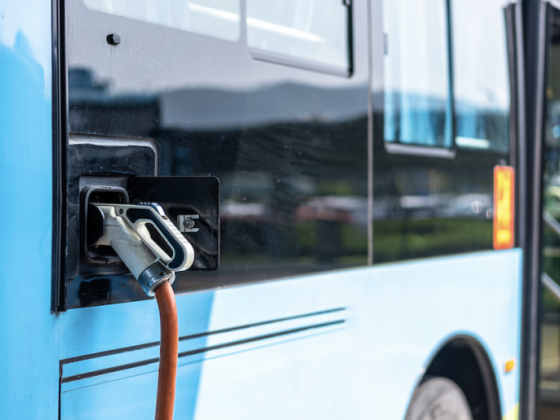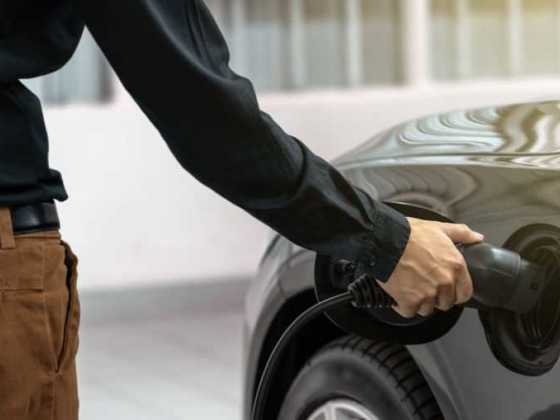Nearly all rental and leasing industry vehicles CAZ compliant

The latest BVRLA data shows that 100% of the car rental fleet and 96% of leased cars are CAZ-compliant. These compliance figures are well ahead of the average for all UK cars, where only 62% meet CAZ emission requirements.
The results are even starker for the commercial vehicle sector - which is the largest target for most local authority CAZs. Only 21% of the UK van fleet is currently CAZ-compliant, compared to over two-thirds (67%) of all leased vans and 88% of the rental van fleet.
Only 44% of the total UK HGV fleet is currently Euro VI, but this rises to more than 80% for rented and leased trucks.
The BVRLA announced the data as it joined city leaders, global NGOs, government ministers and industry representatives at an International Air Quality Summit.
Speaking at the event delivered by the Mayor of London, World Health Organisation and UK100, BVRLA Chief Executive Gerry Keaney welcomed the opportunity to support a new Clean Air Declaration and demonstrate the vehicle rental and leasing sector’s determination to work in partnership with city leaders, business leaders and central government.
“The fleet sector is already leading the delivery of the UK’s zero-emission road transport ambitions and reducing air pollution in cities and towns,” Keaney said.
“Our latest Fleet Sustainability Credentials show that our member fleet outperforms privately owned vehicles on carbon emissions and Clean Air Zone compliance. Our sector recognises its influential role in this agenda and is determined to play its part by providing individuals and businesses with cleaner road transport options.”
The Clean Air Declaration being ratified by many of the organisations attending the Summit calls for action across Government to provide more financial support for people and small businesses to switch to cleaner vehicles, shared transport or active travel. It calls for the government to grant Local Authorities and Mayors the power and funding to deliver more sustainable transport and drive behaviour change; and create more certainty for businesses and local government by setting out a stronger Clean Air Strategy that includes a roadmap to 2030.



